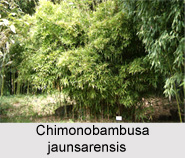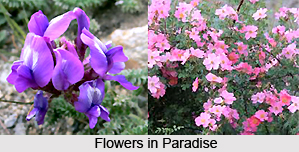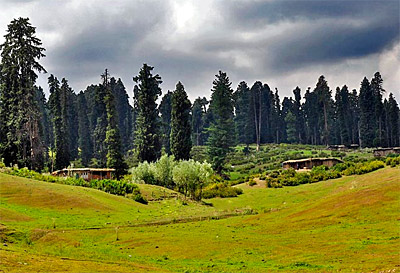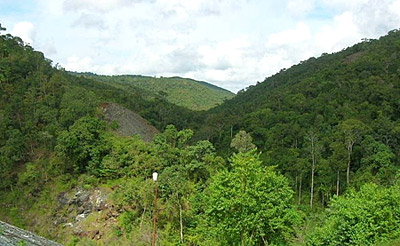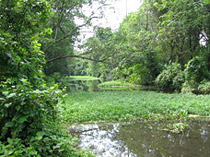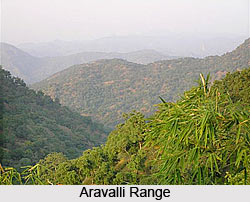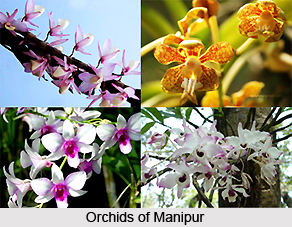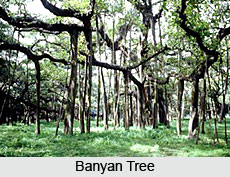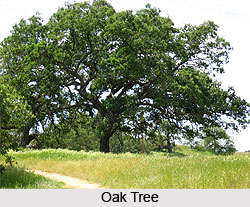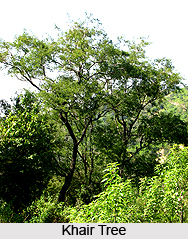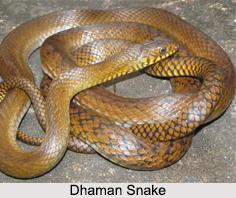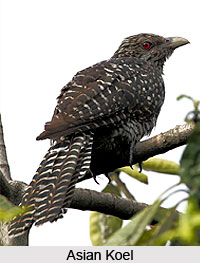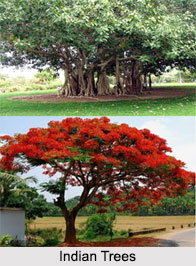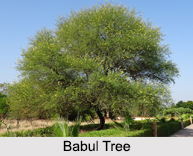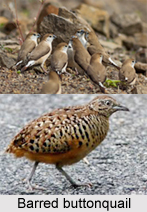 Barred Buttonquail or common bustard-quail is an Indian Bird that bears the scientific name "Turnix suscitator" is one of the close residents in Asian countries like India, Pakistan, Thailand, Indonesia, Burma, Laos, Cambodia and many other parts of South Eastern countries.
Barred Buttonquail or common bustard-quail is an Indian Bird that bears the scientific name "Turnix suscitator" is one of the close residents in Asian countries like India, Pakistan, Thailand, Indonesia, Burma, Laos, Cambodia and many other parts of South Eastern countries.
Concentration of Barred Buttonquail
Turnix suscitator is one of a small family of birds which resemble, but are unrelated to, the true quails. Barred Buttonquail is resident from India across tropical Asia to south China, Indonesia and the Philippines. They also reside all over India about 2500 meters in the Himalayan Mountain Range; Sri Lanka; Bangladesh; Burma; Indonesia and most of Southeast Asia, Philippines. The population of Barred buttonquail or common bustard-quail is suspected to be increasing as ongoing habitat degradation is creating new areas of suitable habitats.
Local Names of Barred Buttonquail
Barred Buttonquail has four different race, and they have different local names in different languages. Within South Asia, it is known by many local names: Sansorai (Assam); Daoduma (Cachar District, Assam); lnruibuma (Kacha Naga); Vohbubum (Kuki); Simokpho (Lepcha); linisk (Bhutea); Gulu,Gundra, Gundlu, Salui gundra (Hindi); Gulu (West Bengal); Kalada - male, Pured - female (Telugu); Ankadik - male, Kurung kadik - female (Tamil Language); Durwa (Ratnagiri); Karechakki (Kannada Language); Bala watuwa (Sri Lanka).
Residence of Barred Buttonquail
In India, Barred buttonquail is also found in most habitats except dense forest and desert. The partial residence of Barred buttonquail is in scrub jungle, light deciduous forest, and neighbourhood of cultivation.
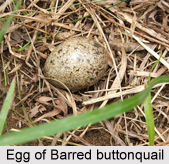 Structure of Barred Buttonquail
Structure of Barred Buttonquail
Barred buttonquail is a typical little buttonquail. It has a rufous-brown above, rusty and buff below. The chin, throat and breast closely barred with black. The female Barred buttonquail are larger and more richly coloured, with throat and middle of breast black. The blue-grey bill and legs and yellowish white eyes are diagnostic in nature, as are also the pale buff shoulder-patches on the wings when in flight. Absence of hind toe distinguishes Bustard and Button quails from true quails.
Prey of Barred Buttonquail
Barred Buttonquail mainly fed on the insects and seeds, and is reluctant to fly.
Population of Barred Buttonquail
The global population of Barred Buttonquail has not been quantified. But Barred Buttonquail is reported to be widespread and common. The national population of Barred Buttonquail estimate includes- 10,000-100,000 with the breeding pairs in China, and 10,000-100,000 breeding pairs in Taiwan and 100-10,000 breeding pairs in Japan.
